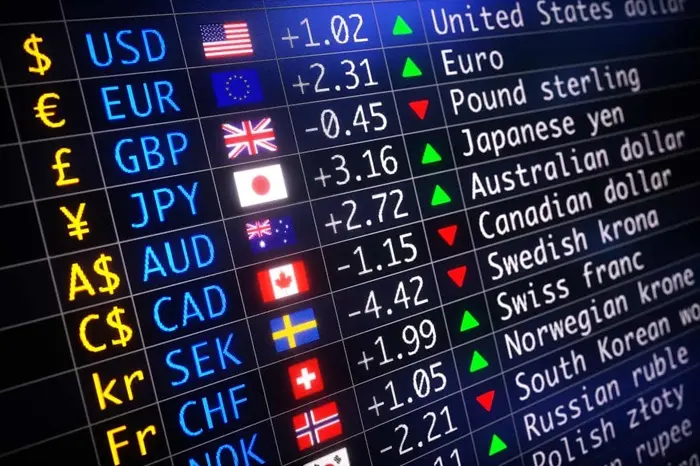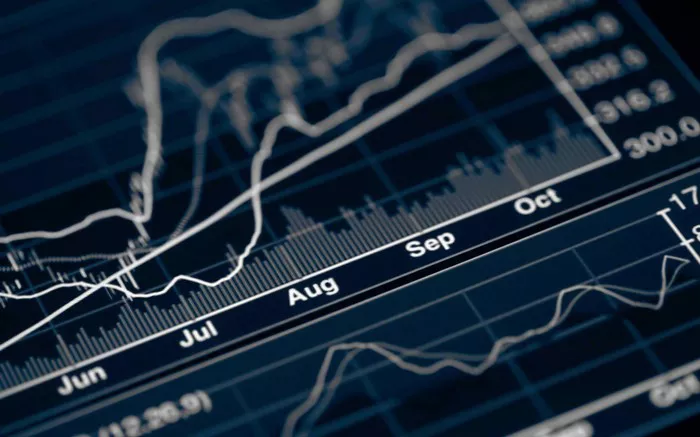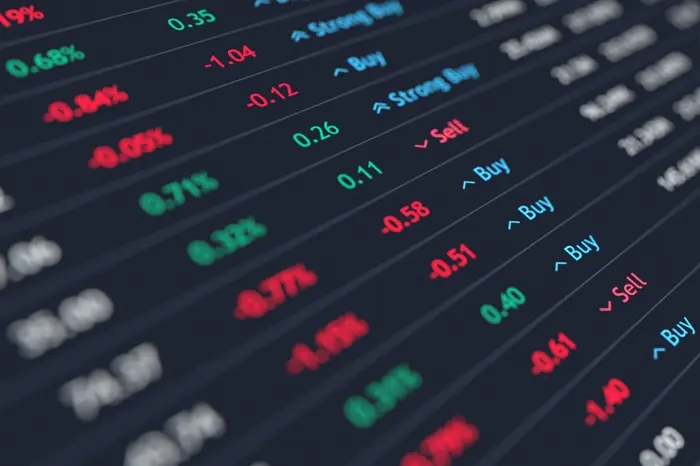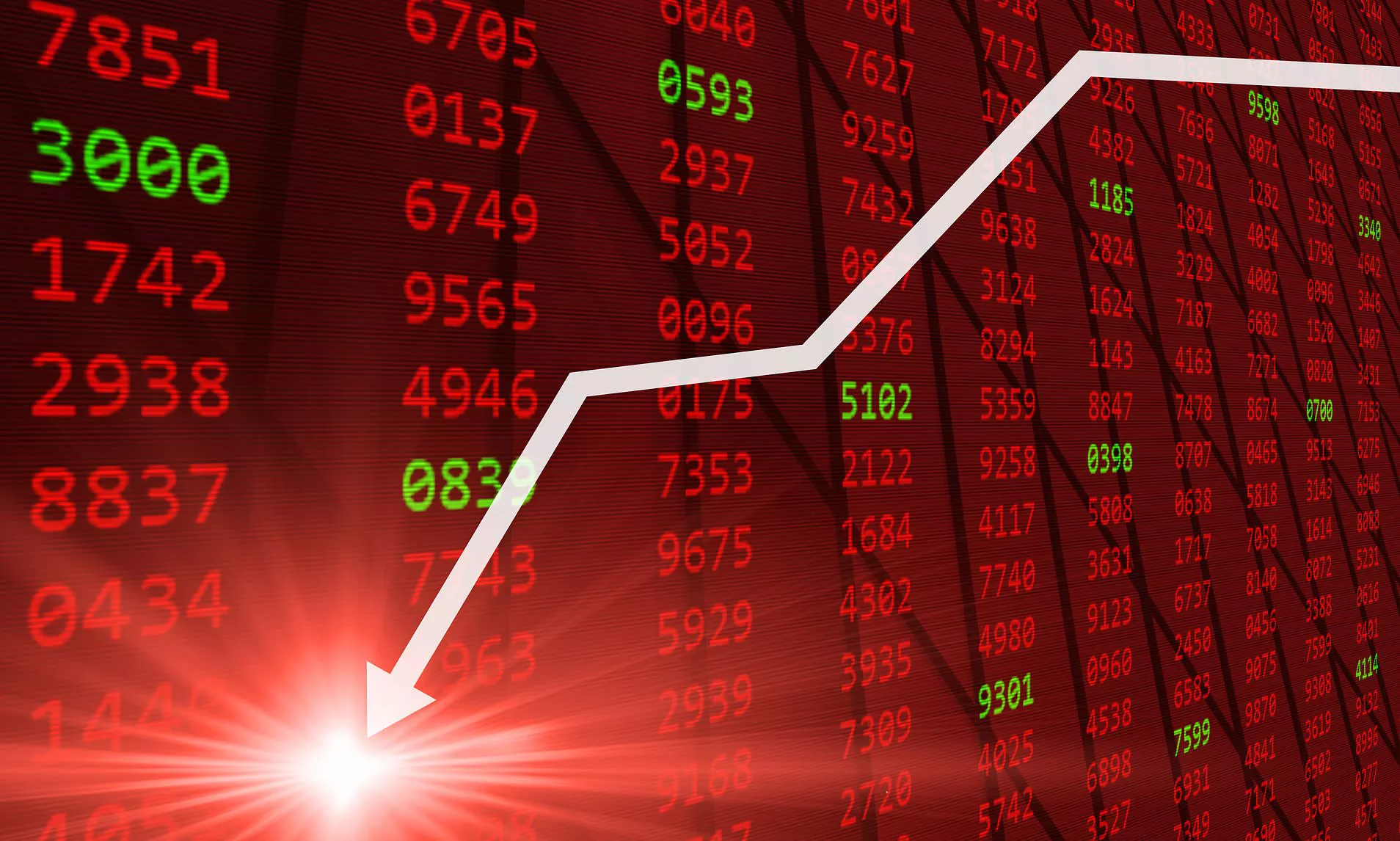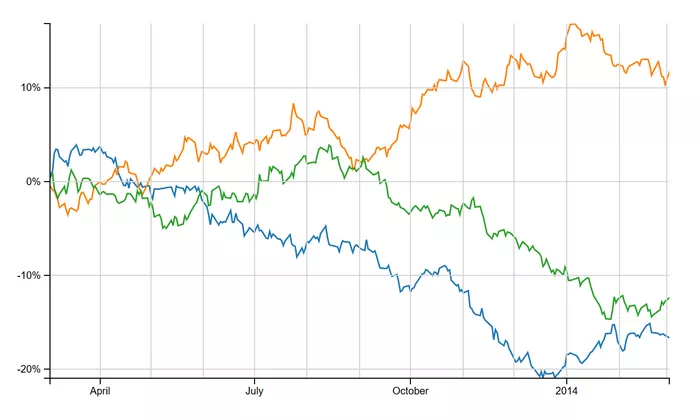The foreign exchange (forex) market is a dynamic and fast-moving global financial arena where currencies are traded. The US Dollar (USD) is widely regarded as the world’s primary reserve currency and is one of the most heavily traded currencies. However, there are several currencies that are worth more than the US Dollar in terms of exchange rate value. Understanding which currencies hold this status and why can provide valuable insights for anyone involved in the forex market, international trade, or financial investments.
In this article, we will explore the currencies that are worth more than the US Dollar, how exchange rates are determined, and the factors that influence these valuations. By the end of this article, you should have a clearer understanding of the currencies that outperform the USD and the reasons behind their strength.
What Determines Currency Value?
Before diving into the specific currencies worth more than the US Dollar, it’s essential to understand how currency values are determined. Several factors contribute to a currency’s strength, including:
1. Economic Strength
A nation’s economic performance significantly impacts its currency value. A strong, growing economy with low inflation and a stable political environment is more likely to have a robust currency.
2. Interest Rates
Currencies from countries with higher interest rates often have higher values because investors are attracted to these currencies for their potential returns. Central banks play a crucial role in setting interest rates, which can influence the exchange rate.
3. Supply and Demand
The value of a currency also depends on how much demand there is for it. Countries with higher exports, strong trade balances, or large financial markets often experience stronger currencies due to demand.
4. Government Policies
Fiscal policies, trade policies, and geopolitical stability all influence currency values. For instance, a country that maintains a large trade surplus may see its currency appreciate over time.
5. Market Sentiment
Currencies are often influenced by investor sentiment and market speculation. News, political events, and shifts in global economic conditions can lead to currency fluctuations.
The Top Currencies Worth More Than the USD
Here are the currencies that consistently rank higher in value compared to the US Dollar (USD). While the exchange rate can fluctuate, these currencies generally maintain a higher worth per unit than the USD.
1. Kuwaiti Dinar (KWD)
The Kuwaiti Dinar (KWD) is the world’s most valuable currency in terms of exchange rate. As of recent exchange rates, 1 KWD is worth more than 3 USD. The strength of the Kuwaiti Dinar can be attributed to Kuwait’s oil-rich economy, which gives it significant financial power. The government of Kuwait has also maintained a stable economic environment, which further supports the dinar’s high value.
Why the Kuwaiti Dinar is Strong:
Oil Exports: Kuwait is one of the world’s largest oil producers, and oil exports contribute significantly to the country’s economic strength.
Economic Stability: The Kuwaiti government has implemented policies that promote long-term economic stability.
Low Inflation: Kuwait has managed to keep inflation rates low, which helps preserve the value of its currency.
2. Bahraini Dinar (BHD)
The Bahraini Dinar (BHD) is another Middle Eastern currency that is worth more than the US Dollar. 1 BHD is typically valued at around 2.6 USD. Bahrain, like Kuwait, has a significant oil industry, which plays a key role in maintaining the strength of the dinar.
Why the Bahraini Dinar is Strong:
Oil and Gas Industry: Bahrain is a major player in the Middle East’s oil and gas sector.
Fixed Exchange Rate: The Bahraini Dinar has been pegged to the US Dollar at a fixed exchange rate, which adds to its stability and strength.
Diversification Efforts: Bahrain has also worked towards diversifying its economy, further strengthening its currency.
3. Omani Rial (OMR)
The Omani Rial (OMR) is another high-value currency, with 1 OMR typically equaling around 2.6 USD. Oman’s wealth comes primarily from its oil exports, though the country has also focused on developing non-oil industries to maintain its currency strength.
Why the Omani Rial is Strong:
Oil Revenue: Oman is a key oil producer in the Middle East.
Economic Policies: Oman has implemented prudent fiscal policies and has a stable political environment that contributes to the strength of its currency.
Diversification Efforts: Oman is actively seeking to diversify its economy away from oil, which could help further bolster the value of the rial.
4. Jordanian Dinar (JOD)
The Jordanian Dinar (JOD) is pegged to the US Dollar at a fixed rate of approximately 1 USD = 0.71 JOD. While not as strong as the Kuwaiti Dinar or the Bahraini Dinar, the Jordanian Dinar is still worth more than the US Dollar. The value of the dinar is supported by Jordan’s stable political environment and relatively high economic growth rates.
Why the Jordanian Dinar is Strong:
Stable Economy: Jordan has a strong, diversified economy that includes services, manufacturing, and tourism.
Fixed Exchange Rate: The Jordanian Dinar is pegged to the US Dollar, which helps maintain its value.
Government Reserves: Jordan maintains healthy foreign currency reserves, which add to the currency’s stability.
5. British Pound Sterling (GBP)
The British Pound (GBP) has long been one of the world’s strongest currencies, regularly outperforming the US Dollar. 1 GBP is worth more than 1.3 USD on average. The value of the pound is backed by the UK’s large financial sector, strong economy, and global influence.
Why the British Pound is Strong:
Financial Sector: London is one of the world’s leading financial centers, which adds value to the pound.
Economic Performance: The UK has a diverse and robust economy, with strong industries in finance, technology, and pharmaceuticals.
Global Trade: The pound’s strength is partly due to the UK’s historical role in global trade and commerce.
6. Euro (EUR)
While the Euro (EUR) is a composite currency used by many European Union member states, it typically holds more value than the US Dollar. The Euro has been consistently stronger than the USD, with 1 EUR typically equaling around 1.1 to 1.2 USD.
Why the Euro is Strong:
Economic Bloc: The Euro is supported by the economies of multiple European Union countries, which makes it one of the most widely used currencies in global trade.
Diverse Economy: The EU has a diverse economy, with strong manufacturing, services, and financial sectors.
Stability and Investment: The Euro is viewed as a stable and reliable currency, making it attractive to international investors.
7. Swiss Franc (CHF)
The Swiss Franc (CHF) is another currency that is worth more than the US Dollar. The Swiss Franc’s strength is often attributed to Switzerland’s highly developed economy, its status as a global financial center, and the country’s long-standing policy of political neutrality.
Why the Swiss Franc is Strong:
Economic Stability: Switzerland has a stable economy, with strong industries in banking, pharmaceuticals, and high-tech manufacturing.
Safe Haven Currency: The Swiss Franc is considered a “safe haven” currency, meaning it tends to appreciate during times of global economic uncertainty.
Low Inflation: Switzerland consistently maintains low inflation, helping to preserve the purchasing power of the Franc.
8. Singapore Dollar (SGD)
The Singapore Dollar (SGD) is worth more than the US Dollar, with 1 SGD typically equaling 0.7 to 0.8 USD. Singapore is a global financial hub and one of the most prosperous economies in Asia, contributing to the strength of its currency.
Why the Singapore Dollar is Strong:
Financial Center: Singapore is a leading financial center, attracting global investment and trade.
Strong Economy: The country has a highly developed, export-oriented economy with strong sectors in finance, technology, and manufacturing.
Political Stability: Singapore’s political stability and prudent fiscal policies also support the value of the Singapore Dollar.
Factors Influencing Currency Strength
While the aforementioned currencies generally hold more value than the US Dollar, currency values fluctuate due to several factors. Some of the key elements that influence currency strength include:
1. Global Economic Trends
Changes in global trade, supply chains, and economic growth can lead to fluctuations in the value of currencies.
2. Geopolitical Events
Political instability, wars, and international conflicts can affect investor confidence and, consequently, the value of currencies.
3. Central Bank Policies
Central banks around the world, including the Federal Reserve in the United States, influence currency values through monetary policies such as interest rates and quantitative easing.
4. Global Demand for Commodities
Currencies from countries that export valuable commodities like oil, gold, or natural gas tend to appreciate when the prices of those commodities rise.
5. Market Sentiment and Speculation
Currency values can also be influenced by investor sentiment and speculative trading.
Conclusion
While the US Dollar remains the most widely used and traded currency in the world, several currencies are worth more than the USD in terms of exchange rate value. Currencies such as the Kuwaiti Dinar, Bahraini Dinar, and Omani Rial are examples of currencies that consistently outperform the US Dollar. The value of these currencies is primarily influenced by factors such as economic strength, oil exports, political stability, and central bank policies.
Understanding which currencies are worth more than the USD can help investors and businesses make informed decisions when it comes to forex trading, international investments, and global economic strategies. In the end, currency values are shaped by a complex mix of economic, political, and market forces, and staying informed about these factors can help navigate the global financial landscape.
Related topics:




